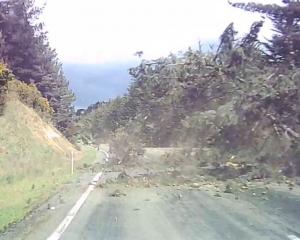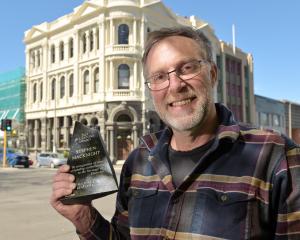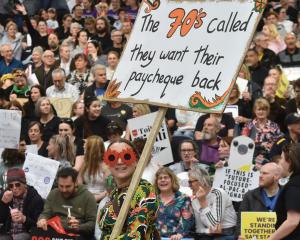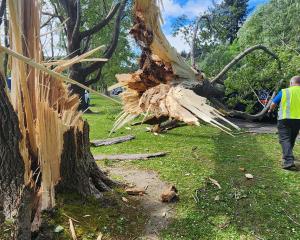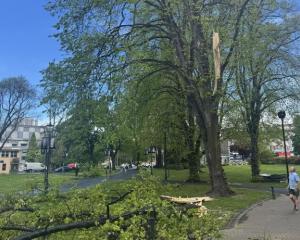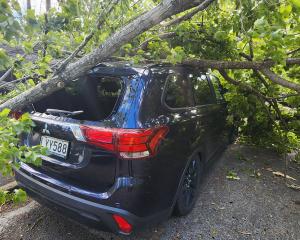
Councillors yesterday unanimously endorsed an "integrated catchment management" approach for the harbour, which works on the principle that if the natural environment is healthy, the socio-economic factors supported by the environment will also be healthy.
Council strategy manager Hilary Lennox presented the "Te Awa Ōtākou Issues and Opportunities" report to councillors yesterday in Queenstown.
The report highlighted a lack of co-ordinated action among those connected to the harbour and recommended the integrated catchment management approach "to align efforts under a shared vision".
A suite of recommended actions had been identified, but they had been listed in the report with no attempt to determine their priority, and councillors were not asked yesterday to commit to any either.
"We have a suite of modern day actions that have come out of our consultations and the [integrated catchment model] programme will figure out which of those are most in line with the community's ambitions and then which ones will be prioritised," Ms Lennox said.
The report itself said it reflected on the past, analysed the present and looked to the future.
The "overriding issue" identified through engagement and literature review was that "despite a shared purpose and multiple examples of co-operation between the wide variety of harbour users, much of the effort still happens in isolation of a common understanding of, and vision for, the harbour".
Among the opportunities it identified were enhancing existing access, harbour waterfront regeneration, a whole-of-harbour environmental monitoring strategy, a conservation management plan developed for mahika kai as well as keystone or "iconic" species — and it recommends investigating establishing a regional park.
Ms Lennox said the report was informed by engagement with more than 40 individuals and organisations, including two workshops with regional councillors and Dunedin city councillors.

